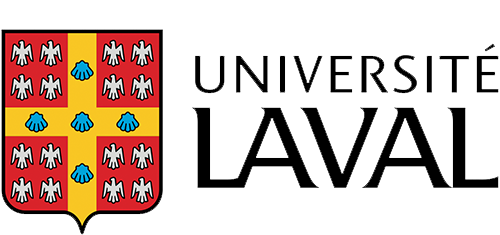« Kernel methods for vector output » : différence entre les versions
(Page redirigée vers Méthode à noyau) Balise : Nouvelle redirection |
m (Remplacement de texte : « ↵<small> » par « ==Sources== ») |
||
| Ligne 18 : | Ligne 18 : | ||
In typical machine learning algorithms, these functions produce a scalar output. Recent development of kernel methods for functions with vector-valued output is due, at least in part, to interest in simultaneously solving related problems. Kernels which capture the relationship between the problems allow them to borrow strength from each other. Algorithms of this type include multi-task learning (also called multi-output learning or vector-valued learning), transfer learning, and co-kriging. Multi-label classification can be interpreted as mapping inputs to (binary) coding vectors with length equal to the number of classes. | In typical machine learning algorithms, these functions produce a scalar output. Recent development of kernel methods for functions with vector-valued output is due, at least in part, to interest in simultaneously solving related problems. Kernels which capture the relationship between the problems allow them to borrow strength from each other. Algorithms of this type include multi-task learning (also called multi-output learning or vector-valued learning), transfer learning, and co-kriging. Multi-label classification can be interpreted as mapping inputs to (binary) coding vectors with length equal to the number of classes. | ||
==Sources== | |||
[https://en.wikipedia.org/wiki/Kernel_methods_for_vector_output Source : Source : Wikipedia ] | [https://en.wikipedia.org/wiki/Kernel_methods_for_vector_output Source : Source : Wikipedia ] | ||
Dernière version du 28 janvier 2024 à 10:02
Rediriger vers :
Contributeurs: Patrick Drouin, wiki










